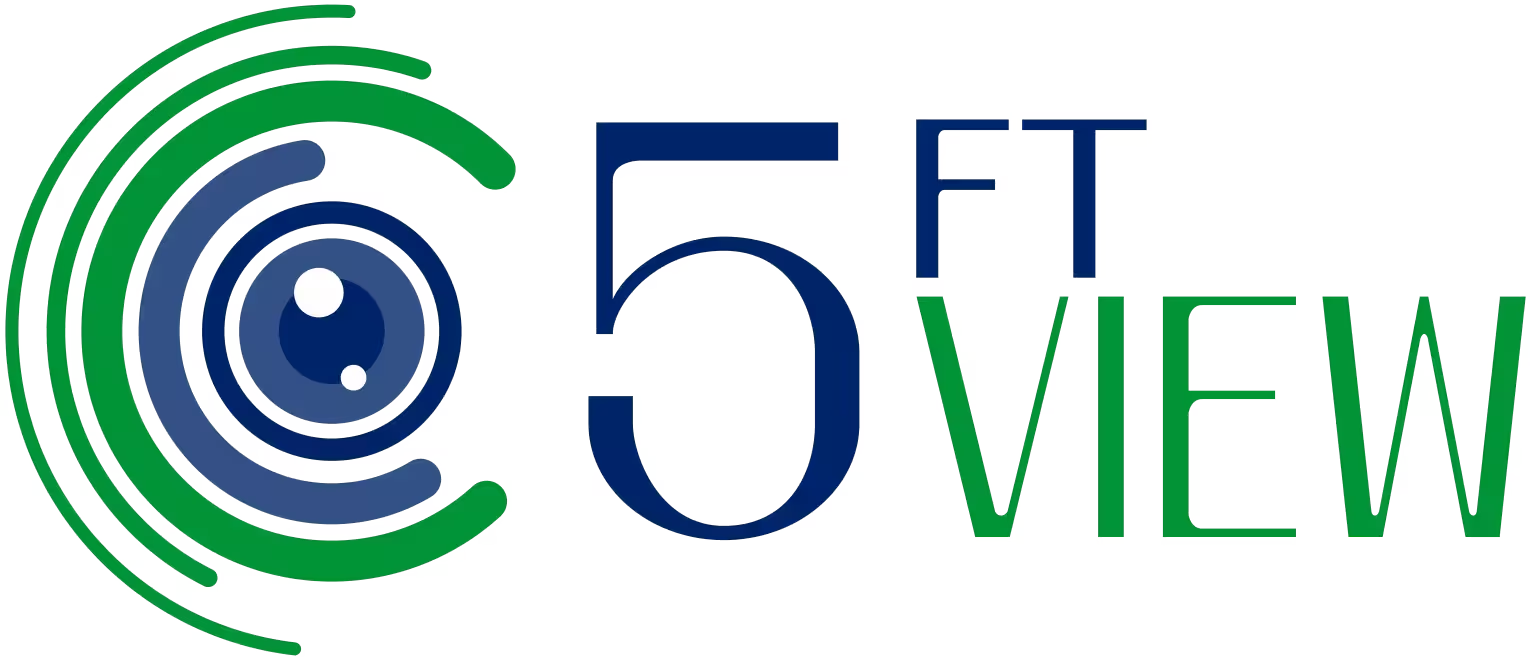Ever wondered why talented leaders sometimes plateau despite having all the right skills and experience?
Executive coach Muriel M. Wilkins spent two decades working with hundreds of executives and discovered something fascinating: the biggest obstacles to leadership effectiveness aren’t external, they’re internal. In her research analyzing over 300 leaders, she identified seven unproductive beliefs that quietly undermine even the most capable professionals.
Understanding these “hidden blockers” matters. But here’s what transforms this insight into action: recognizing that fractional leadership offers the most effective path forward for organizations facing these challenges.
The Seven Hidden Blockers—And How Fractional Executives Address Each One
1. “I need to be involved in everything.”
This belief transforms leaders into organizational bottlenecks. When you think every decision requires your input, you’re not just overwhelming yourself, you’re preventing your team from developing autonomy.
2. “I need it done now.”
The constant push for immediate results creates unsustainable pressure across organizations. This urgency mindset often masks deeper issues: inadequate planning, unclear priorities, or insufficient resources.
3. “I know I’m right.”
Certainty can be dangerous in leadership. When you believe you always have the answer, you stop listening to diverse perspectives and miss critical information.
4. “I can’t make a mistake.”
Perfectionism carries a steep price. Studies indicate this mindset is on the rise and correlates with poorer workplace performance, burnout, and depression. Leaders paralyzed by the fear of errors often avoid necessary risks and delay important decisions.
5. “If I can do it, so can you.”
Expecting everyone to perform at your level or in your style creates unrealistic standards and demoralizes talented people whose strengths differ from yours.
6. “I can’t say no.”
Compulsive yes-saying depletes your capacity for strategic work. When you accept every request and opportunity, priorities cease to exist—everything matters equally, which means nothing truly matters.
7. “I don’t belong here.”
Imposter syndrome affects approximately 70% of people at some point in their careers. Research reveals it’s particularly prevalent among executives, with studies showing it as the top fear of leaders worldwide. The isolation of senior positions intensifies these feelings.
Why Fractional Leadership Is the Optimal Response
Traditional solutions to these blockers – executive coaching, leadership training, or hiring additional full-time executives – each have limitations:
- Coaching addresses mindset, but doesn’t provide hands-on execution support
- Training builds skills but lacks real-time application to your specific challenges
- Full-time hires provide dedicated capacity but require long recruiting cycles, significant financial commitment, and may not be needed permanently.
Fractional leadership uniquely addresses all seven blockers simultaneously because it combines expertise, execution, and flexibility:
Expert Guidance: Fractional executives bring 15-30 years plus of leadership experience across multiple companies and industries. They’ve encountered your challenges before and know the most effective solutions.
Hands-On Execution: Unlike consultants who advise and leave, fractional leaders embed in your organization and drive implementation. A Fractional CFO doesn’t just recommend financial systems, they build them. A Fractional CMO doesn’t just suggest marketing strategies; they execute them.
Right-Sized Engagement: Companies access exactly the expertise they need, when they need it. A startup might need 20 hours per month of fractional CFO support. A growing company might need 30 hours per week of fractional COO leadership during a scaling phase. As needs evolve, engagements adjust; no permanent overhead, no awkward full-time separations.
Rapid Deployment: While recruiting a full-time executive takes 3-9 months, fractional leaders can typically start within weeks. When facing urgent challenges, this speed matters enormously.
Multiple Perspectives: Because fractional executives work with several companies, they continuously cross-pollinate ideas and approaches. Your fractional CMO might bring a successful strategy from a different industry. Your fractional CTO might implement a solution they just saw work brilliantly elsewhere.
Common Fractional Roles and Their Primary Impact
Fractional CEO: Provides strategic direction, leads board interactions, and navigates major transitions like funding rounds or market pivots. Ideal when founders need seasoned executive judgment or when companies need interim leadership during searches.
Fractional CFO: Manages financial planning, fundraising, investor relations, and financial systems. Essential for companies preparing to scale, seeking capital, or requiring sophisticated financial management without full-time CFO expense.
Fractional COO: Oversees operations, implements processes, manages supply chain and delivery, and builds organizational infrastructure. Critical when companies outgrow founder-led operations but aren’t ready for full-time operational leadership.
Fractional CMO: Develops marketing strategy, builds brand positioning, leads demand generation, and establishes marketing operations. Valuable when companies need strategic marketing leadership but can’t justify full-time CMO investment.
Fractional CTO: Guides technology strategy, oversees product development, manages technical teams, and ensures technology decisions align with business goals. Important for companies requiring technical leadership without full-time CTO commitment.
Fractional Chief of Staff: Manages strategic initiatives, coordinates executive priorities, leads special projects, and ensures organizational alignment. Helpful when CEOs need leverage to execute on strategy while maintaining daily operations.
Fractional Chief People Officer (CPO): Designs talent strategies, builds culture, implements people systems, and develops leadership. Necessary when companies need HR sophistication but aren’t large enough for full-time people leadership.
What This Means for Your Organization
Wilkins emphasizes that “what begins as personal professional growth becomes positive collective change, which leads to extraordinary achievement.”
Fractional leadership accelerates this progression. When you bring in a fractional executive to address capability gaps, you’re not just solving immediate problems; you’re investing in organizational learning. Your team observes how seasoned leaders think, decide, and execute. They absorb frameworks and approaches that elevate their own performance.
Consider where these blockers appear in your organization:
- Does your leadership team struggle to delegate because no one has the expertise to receive delegated work?
- Do you avoid strategic opportunities because you lack the capacity or capability to execute them?
- Are critical functions like finance, operations, or technology under-resourced with junior talent?
- Do you need senior-level judgment for specific initiatives without committing to permanent positions?
These situations signal that fractional leadership deserves serious consideration.
The Emerging Model for Modern Leadership
The rise of fractional executives reflects broader shifts in how work happens. Technology enables seamless remote collaboration. Professionals increasingly seek portfolio careers rather than single-company trajectories. Organizations prioritize flexibility and outcomes over presence and permanence.
Companies from startups to established enterprises now routinely engage fractional leaders. Private equity firms deploy fractional executives across portfolio companies. Family businesses bring in fractional CEOs or CFOs to professionalize operations. Technology companies leverage fractional CTOs to navigate complex technical decisions.
This isn’t a temporary trend or a compromise; it’s a lasting solution. Fractional leadership represents an evolution in how organizations build capabilities by accessing expertise as needed, rather than employing it permanently. This approach involves engaging specialists for specific challenges, rather than relying on generalists for all tasks.
Moving Forward
The seven hidden blockers Wilkins identified share a common thread: they all reflect limitations in how leaders perceive their capacity and approach their challenges.
Fractional leadership directly confronts these limitations by providing expert capacity exactly where and when organizations need it most.
The most effective leaders don’t overcome every limitation through personal transformation alone. They build support systems that complement their strengths and compensate for constraints. Sometimes that means hiring full-time talent. Sometimes that means working with coaches or consultants. And increasingly, it means engaging fractional executives who bring deep expertise, proven execution capability, and flexible engagement models.
The question isn’t whether you have limitations—every leader and organization does. The question is whether you’re building the right support structures to address them strategically.
Recognizing these seven blockers is valuable. Understanding that fractional leadership offers a proven solution to address them simultaneously, that’s transformational.
The hidden blocker framework is from Muriel M. Wilkins’ research, detailed in her Harvard Business Review article “The Hidden Beliefs That Hold Leaders Back.” Research on fractional leadership effectiveness from Harvard Business Review, Fast Company, Inc., and Entrepreneur publications, along with studies on delegation, imposter syndrome, and perfectionism from peer-reviewed leadership journals.



